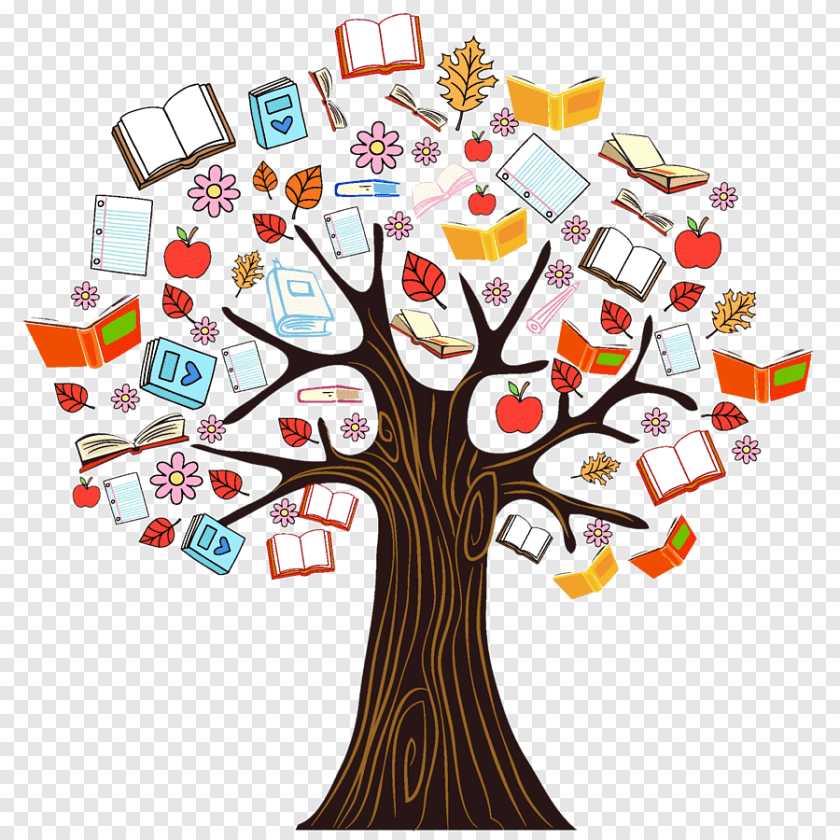
We are passionate about inspiring our children to become confident and independent learners through continuous encouragement to discuss, share, celebrate and respect the foundations of our wonderful language.
We prioritise the teaching of phonics and we aim for all children to master the phonetic code as quickly as possible. We teach phonics daily from year R to Year 2.
This is taught through a highly structured synthetic phonic approach. We follow a scheme called Read Write Inc. and the priority is that children develop their knowledge of the 26 letters in the alphabet, the 44 phonemes and 140 letter combinations.
Click the image for more information about our teaching of phonics.
Click the ear for the order our sounds are taught:
Following the Read Write Inc programme, children will read books matched to their phonics level. Click here for a progression of the book colours and the sounds that they cover.
At the end of Year 1 the children undergo a statutory phonics screening check. Children who not yet met the expected threshold coninue to receive phonics lessons. Click here to download a booklet explaining the phonics screening assessment.
Recommended Apps to support phonics at home:
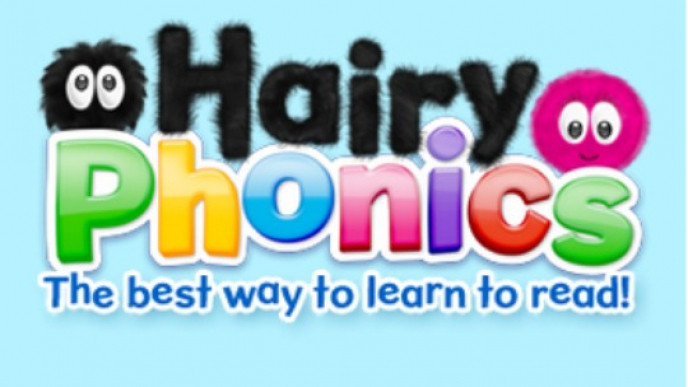
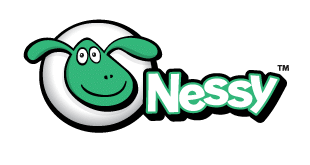
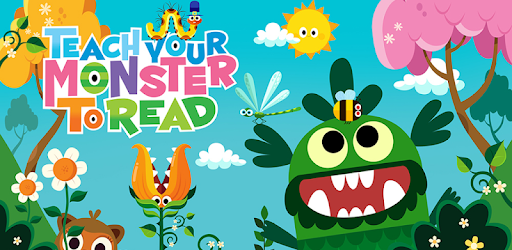
At Midsomer Norton Primary we focus on regular discrete teaching of spelling. We use a range of methods to teach new spelling patterns and rules. Children are then expected to apply their learning to all aspects of writing.
We continue to regularly revisit previous phonics and spelling learning and systematically build upon this following the No Nonsense Spelling progression. Click the following links to download the year group's coverage.
Year 2 Year 3 Year 4 Year 5 Year 6
Within each year group, children learn to spell National Curriculum common exception words as well as other high frequency words that we believe to be important for the children to learn to spell. Click the image for each year group's statutary spelling lists.
Here are some activities and ways of making spelling fun at home!
Through reading in particular, pupils have a chance to develop culturally, emotoionally, intellectually, socially and spiritually.
Our overview for reading ensures that reading skills, vocabulary and comprehension are built upon progressively as children move through the school. Please click here for the Key Stage 1&2 overview for reading.
Click the image for our literature spine.
Early Reading
The sequence of reading books show a cumulative progression in phonics knowledge that is matched to our Read Write Inc programme, meaning that the book a child is expected to read matches the phoneme correspondences which they know. Children re-read these books to develop fluency. Along with these phonetically decodable books, children also take home a book simply to enjoy. It is through sharing books that children’s vocabulary is broadened, cultural capital is built and a love of reading is nurtured.
When a child is ready, they are introduced to other reading books which build upon decoding skills but also develop a repertoire of further reading strategies such as sight recognition, knowledge of grammar and picture cues.
For more information about the early teaching of reading, see our phonics part of the website.
Whole Class Guided Reading
From Year 2, every class has a dedicated whole class Guided Reading session. The aim is for all children to benefit from exposure to a broad range of quality texts both to expand their knowledge of the world and their vocabulary so that no child is disadvantaged, irrespective of their starting points. Reading lessons are structured to cover skills including vocabulary development, retrieval, inference, prediction, explaning author choice and summarising.
Read Aloud
Importantly, every class enjoys a daily story session where an adult models reading aloud including characterisation, modulation and fluency. This includes a range of genres which are progressive and specifically chosen to expose children to a wide range of vocabulary and content.
Reading with your child
Click on the book to download Top Tips for reading.
All children have a bookmark with example questions to ask when discussing a book with them. Click the images for some question ideas.
Key Stage 1 Key Stage 2
Reading incentives
![]() In the infants, children are encouraged to read through our Rainbow Reading scheme.
In the infants, children are encouraged to read through our Rainbow Reading scheme.
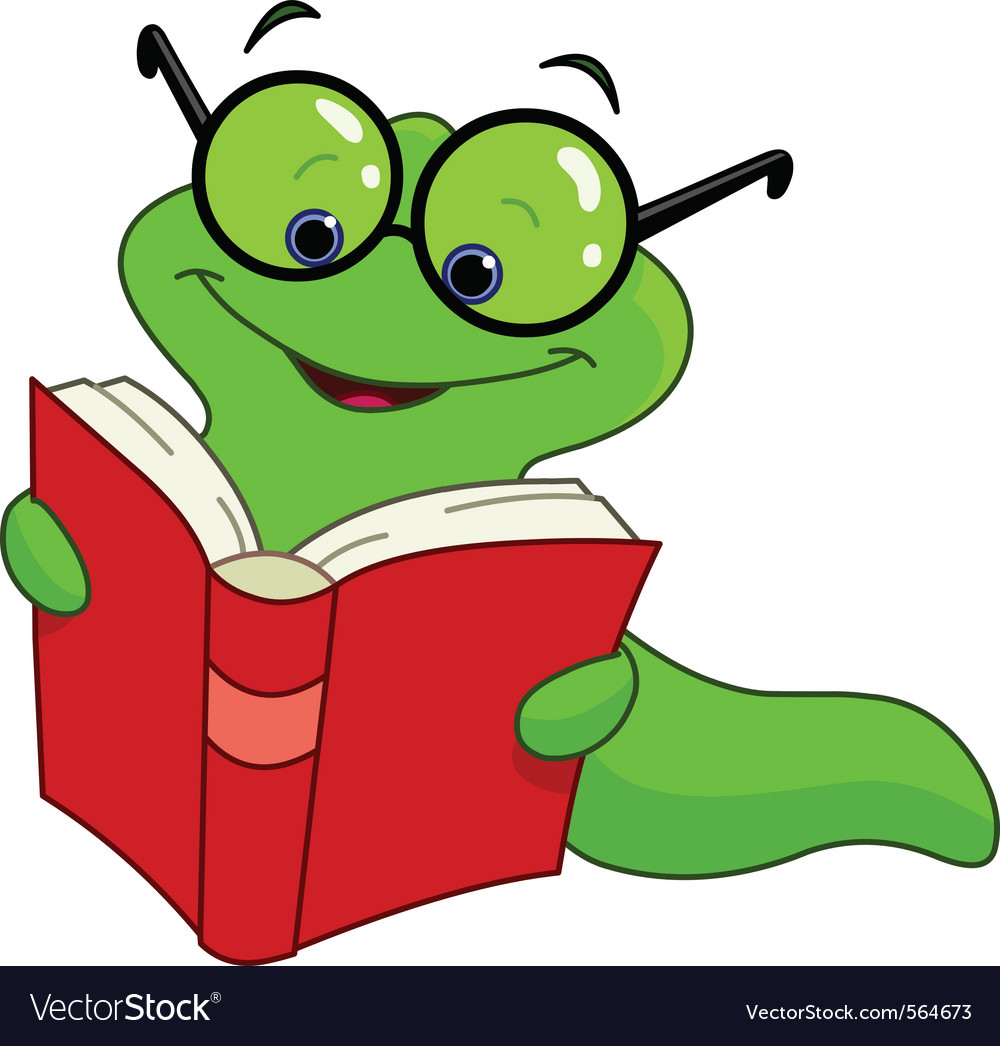 In Key Stage 2, children are encouraged to read through our Book Worm scheme.
In Key Stage 2, children are encouraged to read through our Book Worm scheme.
Recommended Reads
Click on the image below to access the latest booklists for children.
Keep your eyes peeled for our termly magazine with recommended reads from our children.
We develop confidence in our pupils to write creatively and for a purpose. Our overview for writing ensures that writing skills are built upon progressively as children move through the school. Please click here for the Key Stage 1&2 overview and model for writing.
All children learn to write using our school wrioting model which develops talk, language and vocabulary. We used real books, texts, pictures and videos as stimulus. We develop sentence structure, vocabulary, grammar and puctuation through sentence building, teacher modelling
Writing starts with enjoying and sharing stories. Throughout the school, we place a strong emphasis on children reading stories and enjoying a range of literature. Through regular reading, we want children to build up an extensive and rich vocabulary for use in their own writing. Click the image to download a copy of our Literature Spine.
Spelling, Punctuation and Grammar
Children write every day and apply their knowledge of spelling, punctution and grammar when writing across the curriculum for a range of purposes. Please see our phonics and spelling sections for more information about how these are taught. Click the image for a breakdown of our punctuation and grammar coverage.
There are lots of technical words that the children will learn throughout the school. Click the images for a spelling, punctuation and grammar jargon buster and a guide to SPAG through the different year groups.
Handwriting
Children across the school have regular handwriting practise and fine motor activities.
Children learn to form letters as part of their phonics learning in the infants. Click the image below for our handwriting mnemonics for letter formation.
When children are in Year 2, they begin to learn to join their handwriting. We use the Nelson handwriting scheme to teach children to join when they are ready and their letters are formed correctly.